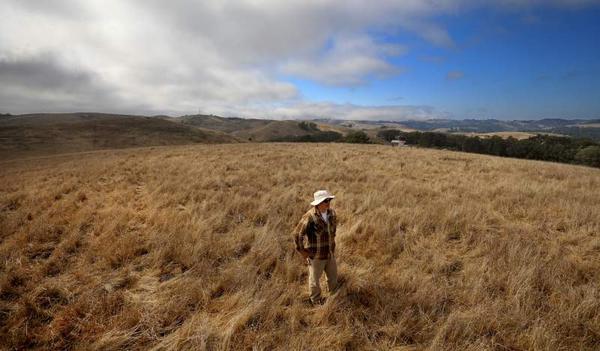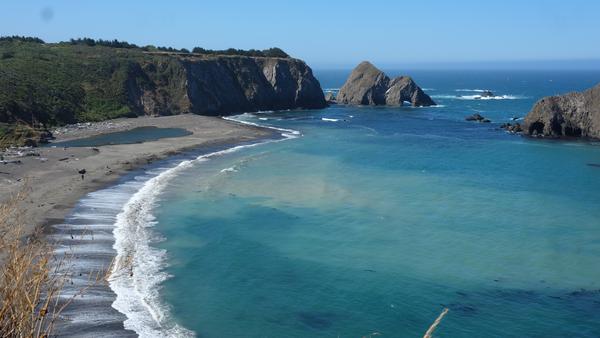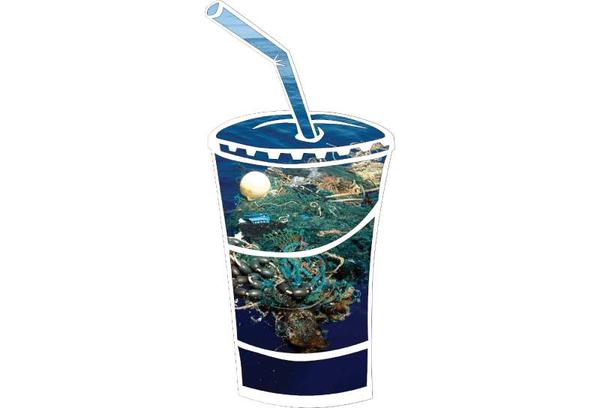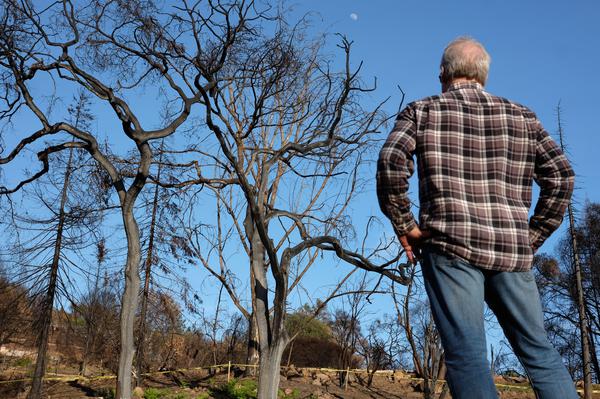
Coastline, Cows and Carbon Farming
Jon Gay is something of a software engineering legend — he’s a co-creator of Flash, the groundbreaking and globally popular multimedia platform. But these days he spends a lot of his time in West County working with a decidedly different kind of material: cow manure. He and his wife, Misty, are four years deep into a project to restore life and balance to a worn-down coastal farm, Bay Hill Ranch. And maybe, just tip the scales a little for climate change.





